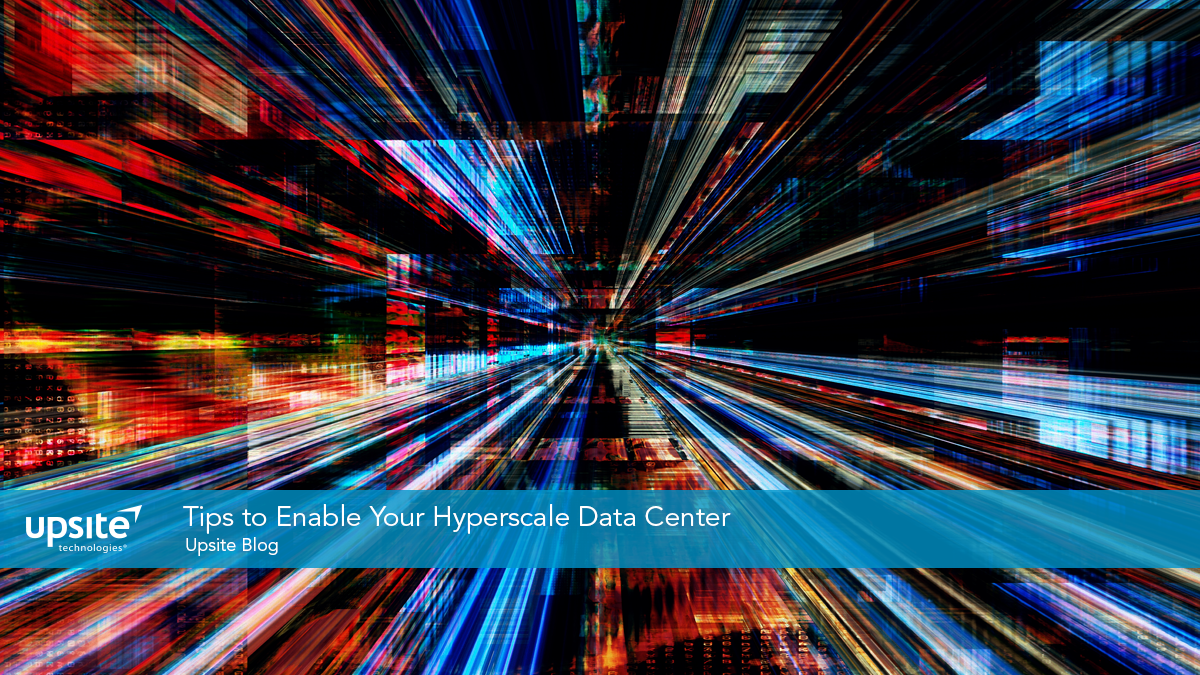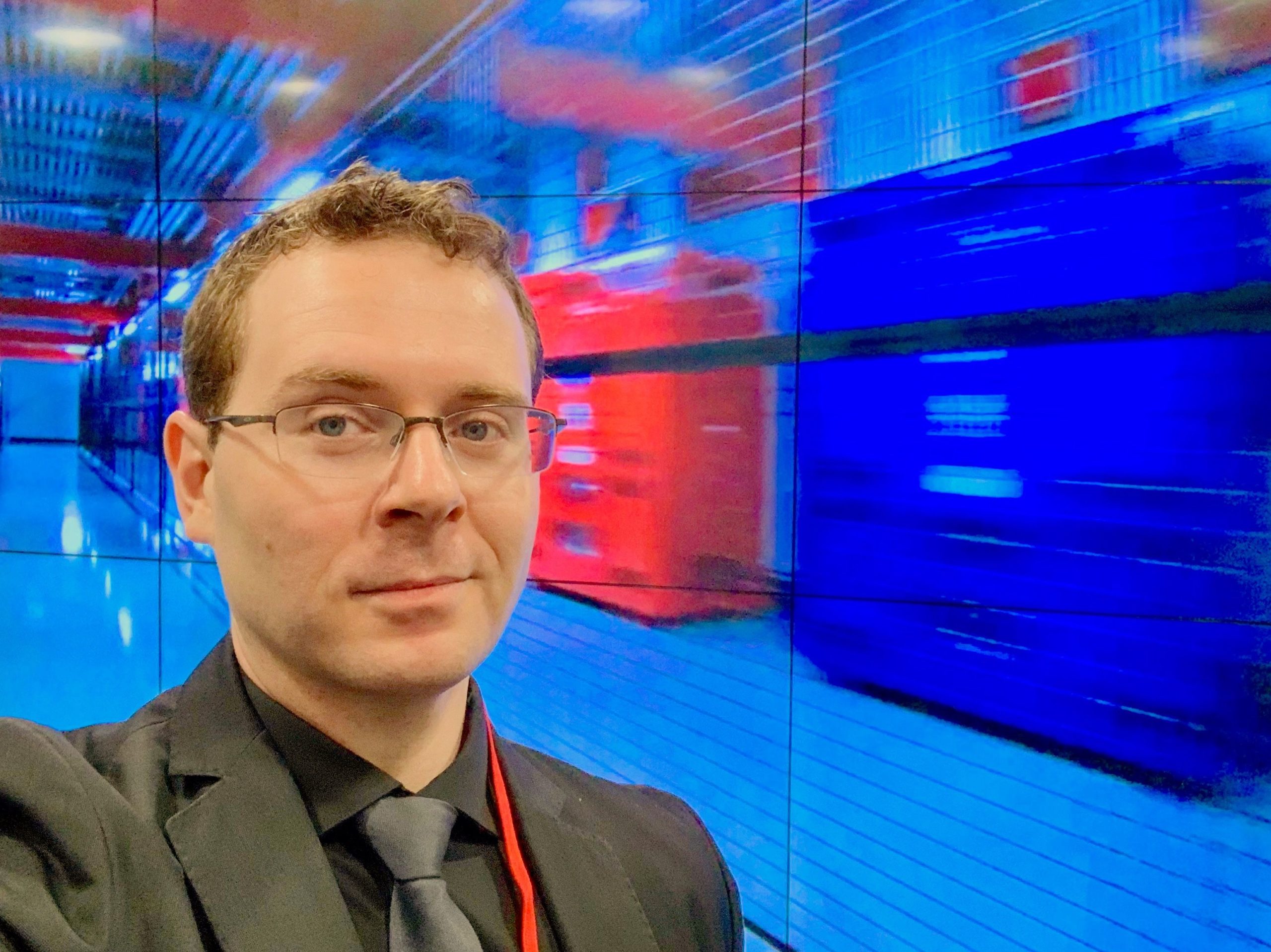Tips to Enable Your Hyperscale Data Center13 min read

Modern IT environments are quickly expanding beyond the means of their existing infrastructure. There are more users, ever-increasing data and new technologies that are capable of carrying information over vast, widely distributed distances. In fact, the latest Cisco Cloud Index report reveals the exponential growth happening within the cloud and the data center platform:
- Traffic within hyperscale data centers will quintuple by 2020.
- Hyperscale data centers will account for 53% of all data center traffic by 2020.
Furthermore, as IDC points out –overall spending on IT infrastructure for off-premises cloud environments—both public and private—will reach $28.4 billion, while the money spent on enterprise IT infrastructure technologies deployed in traditional, non-cloud environments will fall 1.8 percent year-over-year. However, they will still account for the most significant share—63.1 percent—of end-user spending.
The bottom line is this: In today’s digital economy, data centers must operate with hyperscale capabilities to meet demand, stay competitive, and provide new digital services.
All of these trends are fueling the drive for better ways to deploy critical data center services. More so, organizations are looking to improve ways to deliver essential resources like hybrid cloud, significant data processing, and web applications. However, the only way to support more users accessing these web applications and services is to introduce a robust, hyperscale platform. Traditional data center platforms can be challenging to scale out, with problems regarding configuration time, resource usage, and the issue of using improper server architecture for the job.
To combat these issues organizations must look to leverage purpose-built data center solutions that are capable at a hyperscale level.
Advancing Efficiency in Hyperscale Platforms
New solutions are helping data center operators upgrade their existing platforms or help deliver new capabilities around entire data center buildouts. Most of all, these solutions help build hyperscale capabilities.
Embrace cooling modularity.
Uniform solutions can work well for purpose-built hyperscale data centers. However, modular containment allows for much more flexibility when designing or retrofitting a hyperscale data center. Modular containment solutions and aisle airflow management products are specifically designed to block airflow, ensuring hot and cold aisle separation. Furthermore, they offer incredibly flexible deployment and easily integrate with existing data center design components.
Invest in Environment Monitoring Systems.
I am a big fan of maintaining operational excellence within a hyperscale data center by carefully monitoring every aspect and component within the infrastructure. Fragmented or disjointed management solutions will slow your ability to scale at hyperscale speeds. However, proper monitoring and management systems provide data to make proactive decisions. Within an enterprise data center, Environmental Monitoring Systems (EMS) help provide cost-effective monitoring solutions when installing across network closets, server rooms, and hyperscale environments.
Keep an eye on cooling capacity.
Do you have enough? Alternatively, maybe you are using way too much. Based on an original research report conducted by Upsite Technologies of 45 data centers worldwide, the average data center uses nearly four times more cooling capacity than IT load. This excessive use of cooling results from an inadequate airflow management strategy, as well as the misunderstanding and misdiagnoses of cooling problems. In working with cooling requirements, you should always maintain a proactive approach to designing capacity. Cooling Capacity Assessments help data center managers understand their cooling infrastructure utilization before making important decisions about infrastructure investments. These types of services help manager’s benchmark conditions, identify opportunities for improvement and provide recommendations for fixing problems.
When it comes to cloud and new initiatives, data is the lifeblood of any organization, and the hyperscale data center has become the heart. Managers demand new technologies to help their teams respond to changing business conditions with agility and flexibility. As a result, hyperscale data center trends are evolving rapidly, and spending is increasing, especially in multi-tenant environments. Plus, with virtualization and cloud computing in the mix, it is more critical now than ever to have the right hyperscale data center solutions in place.
New hyperscale technologies are paving the way for more efficient environments capable of scaling with business demands, and hyperscale organizations must be ready to do the same. Data-on-demand is the new norm. For data centers to deliver on real-world cloud and data requirements, hyperscale may very well be the way to go. However, to keep those hyperscale data centers running efficiently, you will need to work with data center solutions that will keep the environment running optimally and efficiently.

Bill Kleyman
Industry Analyst | Board Advisory Member | Writer/Blogger/Speaker | Contributing Editor | Executive | Millennial
Bill Kleyman is an award-winning data center, cloud, and digital infrastructure leader. He was ranked globally by an Onalytica Study as one of the leading executives in cloud computing and data security. He has spent more than 15 years specializing in the cybersecurity, virtualization, cloud, and data center industry. As an award-winning technologist, his most recent efforts with the Infrastructure Masons were recognized when he received the 2020 IM100 Award and the 2021 iMasons Education Champion Award for his work with numerous HBCUs and for helping diversify the digital infrastructure talent pool.
As an industry analyst, speaker, and author, Bill helps the digital infrastructure teams develop new ways to impact data center design, cloud architecture, security models (both physical and software), and how to work with new and emerging technologies.
Airflow Management Awareness Month
Free Informative webinars every Tuesday in June.
Modern IT environments are quickly expanding beyond the means of their existing infrastructure. There are more users, ever-increasing data and new technologies that are capable of carrying information over vast, widely distributed distances. In fact, the latest Cisco Cloud Index report reveals the exponential growth happening within the cloud and the data center platform:
- Traffic within hyperscale data centers will quintuple by 2020.
- Hyperscale data centers will account for 53% of all data center traffic by 2020.
Furthermore, as IDC points out –overall spending on IT infrastructure for off-premises cloud environments—both public and private—will reach $28.4 billion, while the money spent on enterprise IT infrastructure technologies deployed in traditional, non-cloud environments will fall 1.8 percent year-over-year. However, they will still account for the most significant share—63.1 percent—of end-user spending.
The bottom line is this: In today’s digital economy, data centers must operate with hyperscale capabilities to meet demand, stay competitive, and provide new digital services.
All of these trends are fueling the drive for better ways to deploy critical data center services. More so, organizations are looking to improve ways to deliver essential resources like hybrid cloud, significant data processing, and web applications. However, the only way to support more users accessing these web applications and services is to introduce a robust, hyperscale platform. Traditional data center platforms can be challenging to scale out, with problems regarding configuration time, resource usage, and the issue of using improper server architecture for the job.
To combat these issues organizations must look to leverage purpose-built data center solutions that are capable at a hyperscale level.
Advancing Efficiency in Hyperscale Platforms
New solutions are helping data center operators upgrade their existing platforms or help deliver new capabilities around entire data center buildouts. Most of all, these solutions help build hyperscale capabilities.
Embrace cooling modularity.
Uniform solutions can work well for purpose-built hyperscale data centers. However, modular containment allows for much more flexibility when designing or retrofitting a hyperscale data center. Modular containment solutions and aisle airflow management products are specifically designed to block airflow, ensuring hot and cold aisle separation. Furthermore, they offer incredibly flexible deployment and easily integrate with existing data center design components.
Invest in Environment Monitoring Systems.
I am a big fan of maintaining operational excellence within a hyperscale data center by carefully monitoring every aspect and component within the infrastructure. Fragmented or disjointed management solutions will slow your ability to scale at hyperscale speeds. However, proper monitoring and management systems provide data to make proactive decisions. Within an enterprise data center, Environmental Monitoring Systems (EMS) help provide cost-effective monitoring solutions when installing across network closets, server rooms, and hyperscale environments.
Keep an eye on cooling capacity.
Do you have enough? Alternatively, maybe you are using way too much. Based on an original research report conducted by Upsite Technologies of 45 data centers worldwide, the average data center uses nearly four times more cooling capacity than IT load. This excessive use of cooling results from an inadequate airflow management strategy, as well as the misunderstanding and misdiagnoses of cooling problems. In working with cooling requirements, you should always maintain a proactive approach to designing capacity. Cooling Capacity Assessments help data center managers understand their cooling infrastructure utilization before making important decisions about infrastructure investments. These types of services help manager’s benchmark conditions, identify opportunities for improvement and provide recommendations for fixing problems.
When it comes to cloud and new initiatives, data is the lifeblood of any organization, and the hyperscale data center has become the heart. Managers demand new technologies to help their teams respond to changing business conditions with agility and flexibility. As a result, hyperscale data center trends are evolving rapidly, and spending is increasing, especially in multi-tenant environments. Plus, with virtualization and cloud computing in the mix, it is more critical now than ever to have the right hyperscale data center solutions in place.
New hyperscale technologies are paving the way for more efficient environments capable of scaling with business demands, and hyperscale organizations must be ready to do the same. Data-on-demand is the new norm. For data centers to deliver on real-world cloud and data requirements, hyperscale may very well be the way to go. However, to keep those hyperscale data centers running efficiently, you will need to work with data center solutions that will keep the environment running optimally and efficiently.







0 Comments